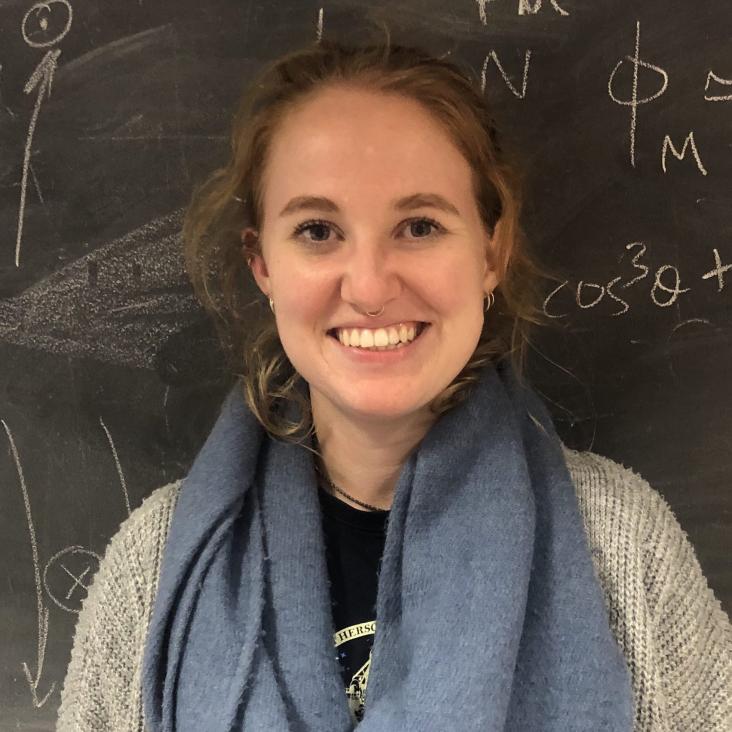As of September 2024, I am a Trottier Space Institute Postdoctoral Research Fellow at McGill University in Canada. Before that I was a PDRA working for Professor Rob Fender in Oxford. I completed my DPhil at the University of Oxford in July 2022. Broadly speaking my research focuses on radio transients associated with the formation and growth of compact objects, and helps to improve our understanding into some of the most extreme environments in the Universe. To date, my work has used a variety of radio interferometers, such as MeerKAT and eMERLIN, to study the radio emission from explosive transients. In addition to X-ray binaries, I have also been working on (1) a small subgroup of long gamma-ray bursts that have been observed to have very high energy counterparts (>100GeV). I am using multi-wavelength observations of these sources to understand each event's jet physics and surrounding environments. With this data I hope to answer the question: are these events rare or simply rarely observed? (2) A newly discovered relativistic tidal disruption event in which a star was ripped apart by a supermassive black hole and launched a jet pointed towards Earth and (3) the jets produced in binary neutron star mergers. I am particularly interested in gaining a better understanding of the geometry of these jets in order to determine whether jet geometry inferred from GW 170817 (the original binary neutron star merger detected by LIGO/Virgo) was a particularly unusual event or representative of the whole population.


